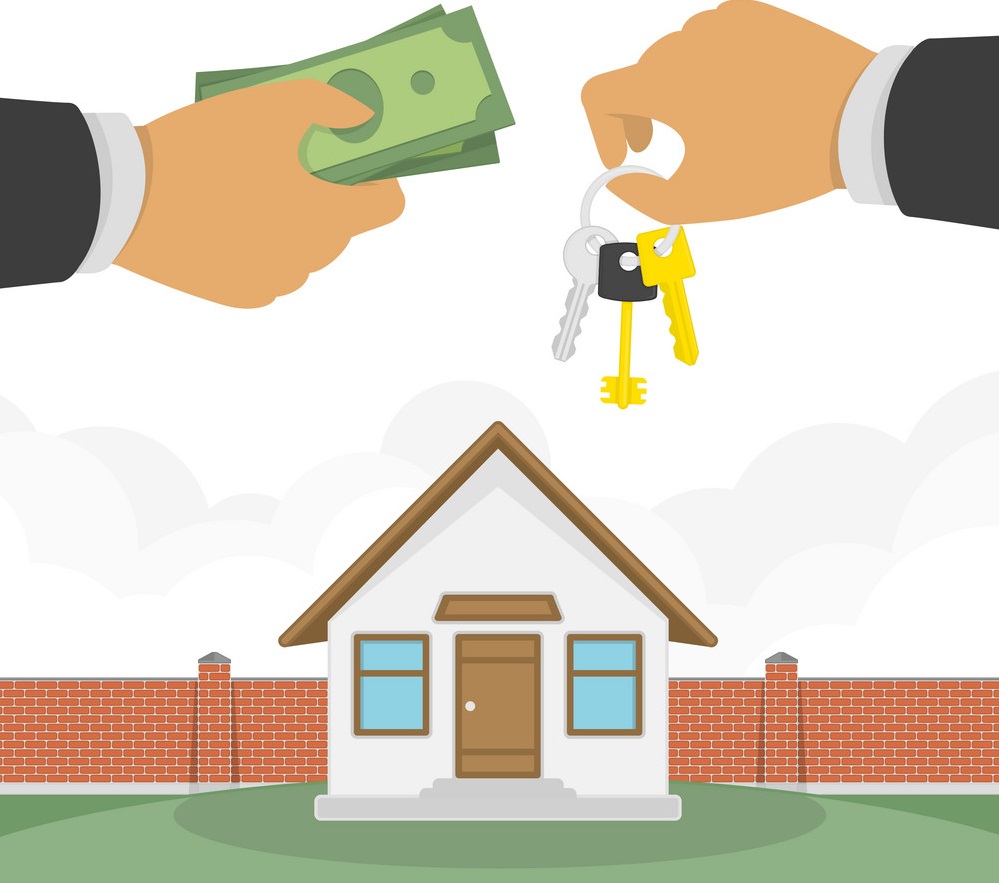A “Loan against property“ (LAP) is a secured loan that allows individuals and businesses to leverage their property’s value to access substantial funds. Whether for business expansion, medical emergencies, education, or debt consolidation, LAP provides a cost-effective solution with lower interest rates compared to unsecured loans. Let’s explore how it works and why it is a smart financial choice.
What is a Loan against property?
A Loan against property is a type of loan where the borrower pledges residential, commercial, or industrial property as collateral to secure a loan. The loan amount depends on the property’s market value, borrower’s credit profile, and the lender’s policies. Typically, lenders offer up to 50-75% of the property’s market value as a loan.
How Does Loan against property Work?
1. Property Valuation – The lender assesses the property’s market value to determine the eligible loan amount.
2. Loan Application & Documentation – The borrower submits required documents such as identity proof, income proof, property papers, and other financial details.
3. Approval & Loan Disbursement – After verification and approval, the lender disburses the loan amount, usually within a few days.
4. Repayment Tenure – LAP offers flexible repayment tenures ranging from 5 to 20 years, making it easier for borrowers to manage EMIs.
5. Loan Closure – Once the loan is fully repaid, the lender releases the property documents back to the borrower.
Benefits of Loan against property
• High Loan Amount – Since it is secured, borrowers can avail of larger funds compared to personal loans.
• Lower Interest Rates – Generally lower than unsecured loans, making repayment more affordable.
• Flexible Repayment Tenure – Longer tenures ensure manageable EMIs.
• Multi-Purpose Usage – Funds can be used for various personal or business needs.
• Continued Property Ownership – The borrower retains ownership while utilizing the property’s value.
• Quick Processing – Since LAP is a secured loan, lenders process applications faster with minimal documentation.
Eligibility Criteria for Loan against property
Lenders generally evaluate applicants based on the following criteria:
• Age – The borrower should typically be between 21 and 55 years old.
• Income & Employment Stability – Salaried and self-employed individuals should have a stable income source.
• Property Type & Ownership – The pledged property must be legally owned and free from disputes.
• Credit Score – A higher credit score increases the chances of approval and better interest rates.
Things to Consider Before Applying for LAP
• Loan Eligibility & Repayment Capacity – Assess your financial standing before applying.
• Interest Rate & Processing Fees – Compare lenders to find the best deal.
• Property Type & Legal Clarity – Ensure the property is legally clear and free from disputes.
• Risk of Property Seizure – In case of non-repayment, the lender has the right to auction the property.
• Prepayment Charges – Check if the lender imposes charges for early loan repayment.
Conclusion
A Loan against property is a smart way to access large funds at lower interest rates while keeping ownership of your asset. By understanding how it works and assessing your financial needs, you can leverage LAP to meet your goals efficiently. With its flexibility, high loan amounts, and competitive rates, LAP is an excellent financing option for individuals and businesses alike. If you own a property and need substantial financing, LAP could be the ideal solution for you!

